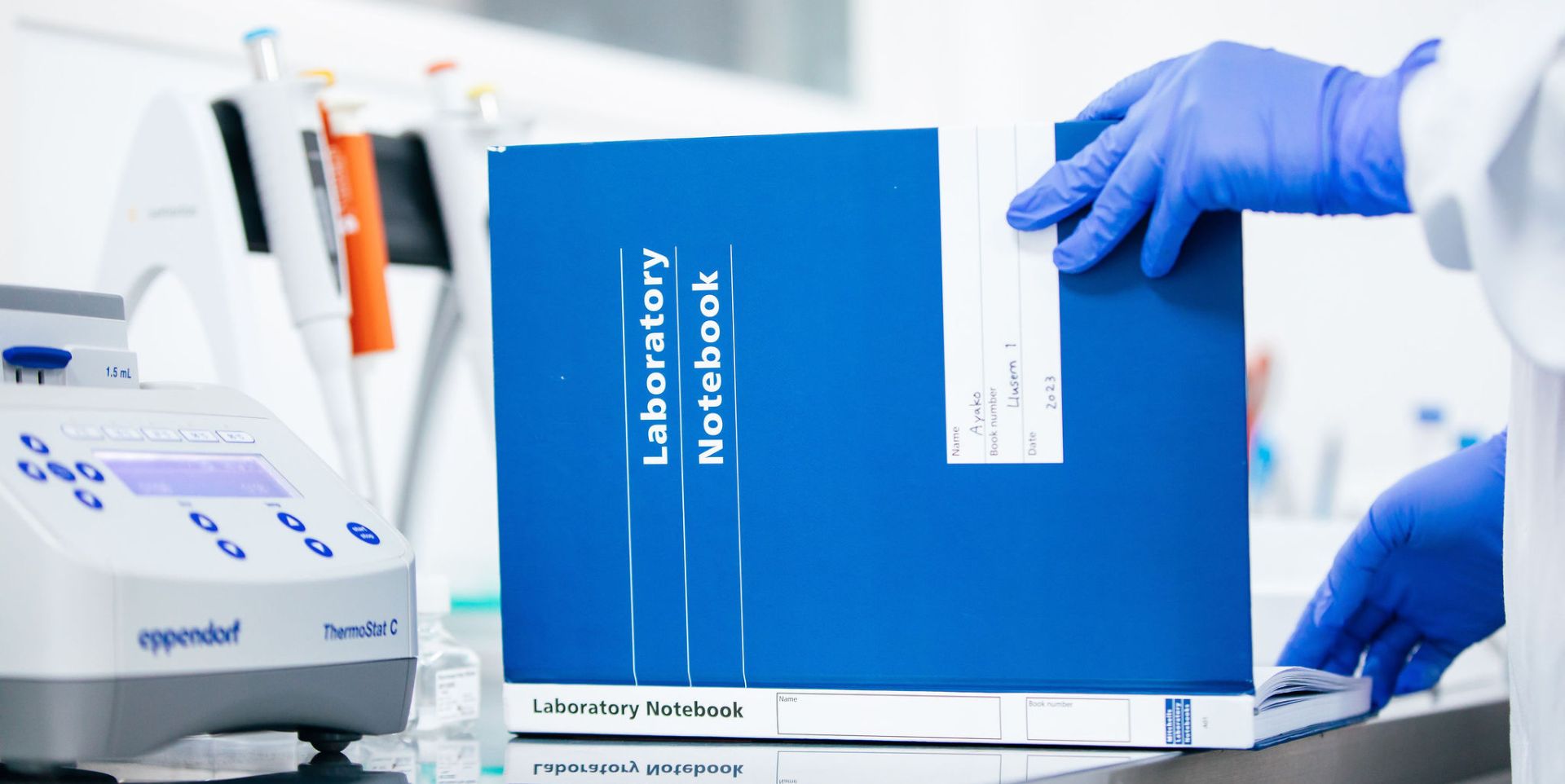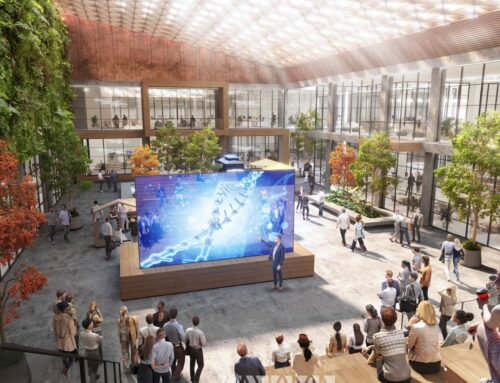Moving into a new lab space signifies the beginning of a fresh chapter. However, amidst the excitement, scrupulous planning is paramount to ensure a seamless transition.
As the UK’s most sector-focused life science ecosystem, Pioneer Group has had its fair share of practice helping new life science companies settle into their spaces. Using two decades of hands-on knowledge, we’ve compiled a 10-step checklist of what to consider before, during, and after moving into a new lab space.
Before the move
1. Lab Layout Planning
Some of the most common mistakes in setting up a new lab come from not gathering enough information. Will large pieces of equipment fit the new space? Not just that, but will they fit in the intended spot? That might depend on a lab’s ceiling height, bench space, and so on.
Before moving into a new lab space, you should design a detailed layout, considering workflow efficiency, equipment placement, and safety measures. You’ll need to allocate designated areas for different types of experiments and equipment, and provide easy access to emergency exits and sensible routes for people to walk around the lab – particularly if you need to accommodate moving mobile equipment regularly.
Read our guide to designing an efficient lab layout here.
2. Evaluate Your Equipment Needs
Before moving into a new lab space, assess what specialist equipment, supplies or chemicals are required for your research and ensure the equipment aligns with the new space’s specifications and capabilities. It’s important to determine if any new equipment needs to be procured or if your existing equipment needs to be upgraded.
A good real estate company will support its tenants when selecting and purchasing essential lab equipment. For instance, Pioneer Group works with leading equipment and consumable manufacturers and suppliers like Thermo Fisher Scientific, SLS, and VWR, and we can help make an initial introduction with the account manager who can help to set up an account and offer discounted prices.
You may need to arrange for necessary utilities such as electricity, water, gas, and internet services to be set up in the new space and ensure compatibility with the lab’s equipment and safety requirements.
3. Safety Assessment
This is essential. Before moving into a new lab space, you must conduct a safety assessment of the new space, including emergency exits, eyewash stations, fire extinguishers, and chemical storage areas and ensure the lab is compliant with relevant safety regulations and protocols.
As well as common-sense safety rules, you also need to have proper signage, such as warning signs for hazardous chemicals, and make sure employees know how to use all laboratory equipment safely. Ensure you have risk assessment for each and every lab activity you perform and keep a record of MSDS and hazard risk locations sheet.
4. Communication and Notification
Notify relevant stakeholders, including lab members, collaborators, and facility management, about the impending move. It can be particularly helpful to communicate the expected timeline and logistics of the move to ensure minimal disruption.
“I was impressed by the quality of the layout and by how well equipped it was. It felt like we could virtually move straight in and start running the laboratory.”
Watch the video below to hear from some of our Cherrywood Campus tenants about their experiences moving into a Pioneer Group location.
During the move
5. Equipment Packing and Transportation
Safely pack and label equipment, chemicals, and materials for transportation, making sure delicate equipment is appropriately padded and secured to prevent damage during transit.
You may wish to hire professional movers or lab personnel to facilitate the smooth transportation of equipment and supplies. If you do, it’s important to provide clear instructions and supervision during the loading and unloading process.
6. Set Up Utilities and Safety Measures
Verify that utilities are properly connected and functioning in the new space, and install urgent safety equipment such as fire alarms, emergency showers, and fume hoods as needed.
It’s important to conduct basic functionality tests on essential equipment upon arrival in the new lab space. This allows you to quickly address any issues or discrepancies promptly to minimise downtime.
After moving into a new lab space
7. Lab Set-up, Organisation and Record-keeping
Arrange equipment and supplies according to the pre-planned layout, establishing workstations and storage areas for efficient workflow and accessibility.
We’d also recommend updating inventory records and lab manuals to reflect the new lab space layout and equipment configuration, including documentation of any new safety procedures, equipment manuals, and contact information for emergency services.
8. Safety Training and Protocols
Once everything is correctly set up and where it should be, you should conduct safety training sessions for lab members regarding the use of new equipment and emergency procedures and reinforce safety protocols specific to the new lab space.
At this point, more thorough inspections of equipment and facilities can be conducted to ensure proper functioning and compliance with safety standards and so you can address any maintenance or calibration needs.
9. Feedback and Continuous Improvement
Even with the most rigorous preparation and research, there are some issues you simply cannot plan for when moving into a new lab space. After a couple of weeks in the new space, ask for feedback from lab members regarding the functionality and usability of the new space. You can then implement necessary adjustments or improvements based on feedback to further optimise operations.
10. Celebration and Community Building
Once you’ve had chance to catch your breath, it’s worth acknowledging the successful transition, perhaps by holding a lab-warming event or celebration. This helps foster a sense of community and camaraderie among lab members, and it also a good opportunity to meet you neighbours.
Your real estate company can also advise on any industry events that may be taking place that could be of interest. At Pioneer Group locations, we hold several events throughout the year for our tenants, where leaders come to share their thoughts, experiences and lessons learnt over a beer (or three!) with the business community.
Ready to get started?
Our labs can be customised to suit you, your team, and the way you work.




